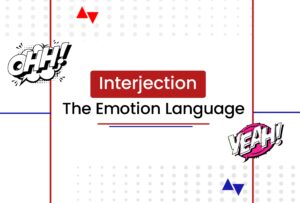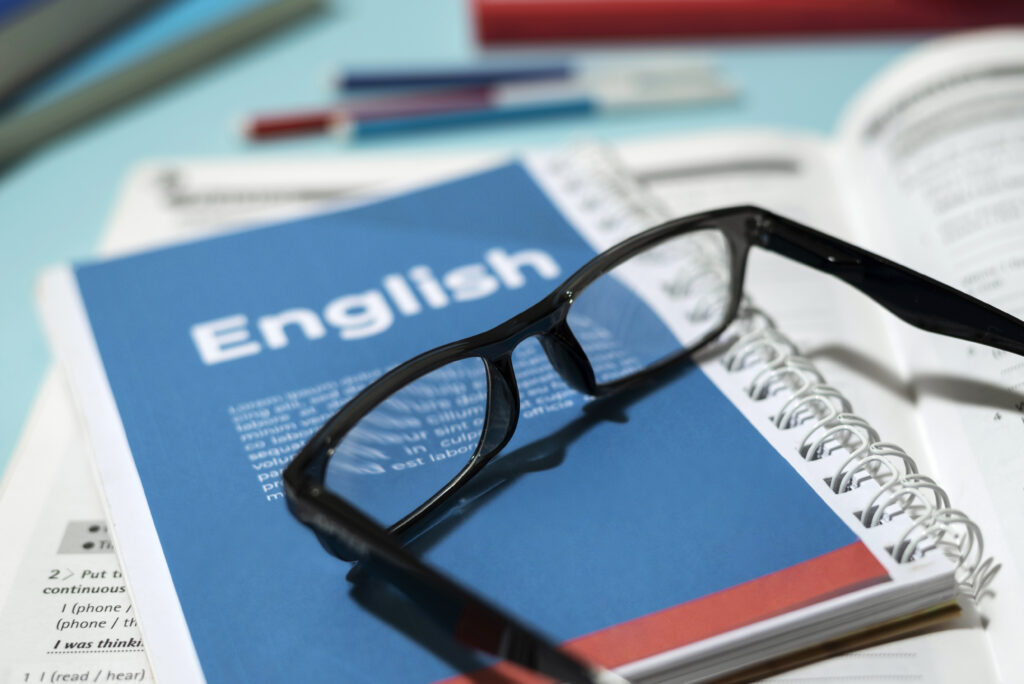Est. reading time: 3 minutes

In this part of our series on parts of speech, I will be talking about interjections. An interjection is a part of speech that consists of words or phrases that express feelings or emotions. Interjection in British English is pronounced as in-tuh-jek-shuhn. The Oxford Dictionary defines interjection as “a short sound, word, or phrase spoken suddenly to express an emotion.” The function of an interjection in grammar is to express a feeling or reaction, make a demand, and express the speaker’s thought process. In a dialogue, interjections help to set the tone for the conversation and aid in projecting the feelings of the speakers.
Types of Interjections
Interjections can be divided into two major categories: the basic category, which includes primary and secondary interjections; and functional interjections, which include emotive interjections, cognitive interjections, and volitive interjections. Primary and secondary interjections differentiate between interjections that also function as other parts of speech and those that function only as interjections.
1. Primary Interjections
These are usually short exclamatory words or phrases that serve solely as an interjection and have no other function in communication. They are typically an expression of the speaker’s emotional reaction. Primary interjections are used to express feelings like anger, joy, surprise, understanding, disgust, etc. Examples of these include phrases like wow, ouch, ew, yay, hmm, aha, oops, etc. Some of these primary interjections can be found in the following sentences:
- Wow! Elizabeth, you look beautiful.
- Ew! The toilet smells terrible.
- Yay! I got an A in chemistry.
- Aha! I figured out the problem.
2. Secondary Interjections
These are words or phrases that express emotions and also function as other parts of speech. Secondary interjections are derived from other parts of speech but can be used to show interjection. Examples include look, brilliant, goodness, seriously, never, oh my God, indeed, really, etc. Some of these secondary interjections can be found in the following sentences:
- Look! There’s a rainbow in the sky.
- Oh my God! Ben, you frightened me.
- Indeed! The queen’s palace is the most exquisite of its kind.
- Never! I would never marry a Montague.
- Brilliant! Mozart is simply brilliant.
Functional Interjections
Interjections can also be divided into three according to functions. This includes volitive, emotive and cognitive interjections.
1. Emotive Interjections
Emotive interjections express sudden outbursts of emotions (such as surprise, fear, anger, pain, disgust, excitement, etc), usually in reaction to something. These emotive interjections can be used to express the following ideas, for example:
- Wow! expresses surprise.
- Ugh! expresses frustration
- Ouch! expresses pain
- Yay! expresses excitement
2. Cognitive Interjections
Cognitive interjections express the speaker’s thought process or understanding rather than emotional reactions. These interjections indicate realization, doubt, contemplation or thinking. These cognitive interjections can be used to express the following ideas, for example:
- Hmm, expresses thinking
- Er expresses hesitation
- Aha expresses realization
3. Volitive Interjections
Volitive interjections express a speaker’s request or command for someone to do something. These interjections indicate requests, commands and strong emotions. These volitive interjections can be used to express the following ideas, for example:
- Shh! is a request asking someone to be quiet.
- Stop! is a request asking someone to pause or cease what they’re doing
- Go! is a request asking someone to move from one place to another.
- Listen! is a request asking someone to give their attention to a sound.
- Look! is a request asking someone to direct their gaze at something.
- Don’t! is a request asking someone to stop what they are doing.
Punctuations And Interjections
Punctuation marks are a set of symbols that indicate a pause, an emphasis, separate or link sentences and clarify the meaning of a text. The exclamation mark (!) is the punctuation mark that is usually used alongside interjections. Exclamation marks, placed after an interjection, express the structure and tone of a sentence. Interjections can also be followed by a period or comma, depending on the intensity of the emotion or feeling being expressed. For example:
- Hurray!
- Aha!
- Shh!
- Oh.
- Indeed!
- Look!
- Listen!
- Yay!
Interjections and Onomatopoeia
Onomatopoeia is a figure of speech that involves creating or forming a word to represent or imitate a sound. Examples of onomatopoeia include buzz, boom, skrr, splash, hiss, gurgle, tick tock, vroom, woof, etc. Interjections, on the other hand, are words or phrases that express the speaker’s feelings or emotions. Interjections and onomatopoeia are different in that onomatopoeia is used to form an auditory image of a particular sound, while interjections are used to express feelings and reactions.
Examples Of Interjections
- Shh!
- Ugh!
- Ouch!
- Wow!
- Ew!
- Wait!
- Hurray!
- Aha!
- Indeed!
- Look!
- Listen!
- Yay!
- Stop!
- Go!
- Listen!
- Look!
- Don’t!
- Brilliant!
- Hmm
- Err
- Huh
- Eureka!
- Oops!
- Cheers!
- Whoa!
- Gosh!
- Yikes!
- Shoot!
- Alas!
- Congratulations!
Conclusion
Interjections primarily help to express feelings and emotions. They aid in proper communication and help us understand people’s reactions or expressions of emotions. I hope this article has been able to help you understand the use of interjections. Make sure to check our blog for other articles that might benefit your English communication.

